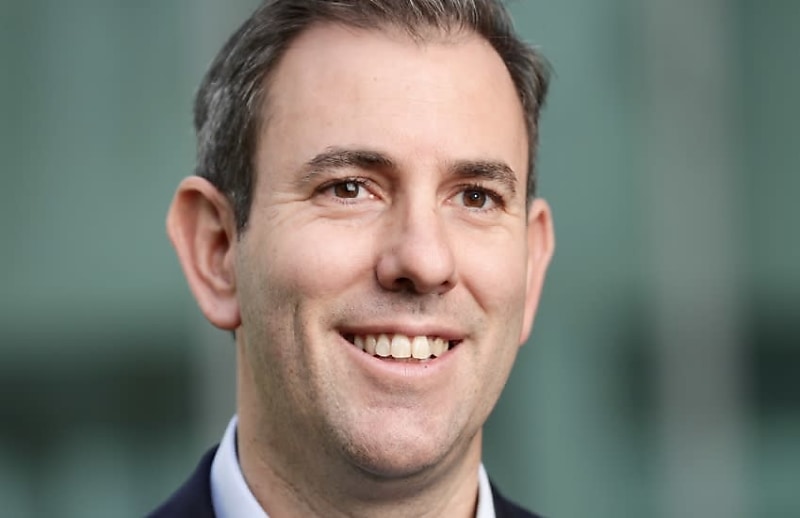The Treasurer has defended a decision to include unrealised gains in the calculation for the higher rate of tax on super balances above $3 million and dismissed a backlash from the accounting industry.
“That’s the advice of Treasury, working with other relevant agencies, that that is the most efficient, simplest and best way to go about it and so that’s what we intend to do,” Mr Chalmers said on Sunday.
Under the proposals an individual’s total super balance, which includes all notional gains and losses, will trigger the 30 per cent tax rate and that means members impacted by the measure will pay tax on unrealised earnings.
Accountants said this could cause problems for farmers and small business owners who often held one lumpy asset in their SMSF and might have insufficient liquidity to meet a tax liability.
However, the Treasurer dismissed the concern.
“I don’t think that’s a legitimate concern that’s been raised,” he said.
“First of all, under the current arrangements in your superannuation fund you’re supposed to have some liquidity to deal with changes in circumstance. You’re not supposed to have your whole account tied up in illiquid assets.
“Number two, you can choose how you meet this liability. It doesn’t have to be paid out of the fund. So there are other ways you can meet the liability.”
Mr Chalmers said with the measure scheduled to commence in July 2025, so SMSFs had time to consider their arrangements, and some elements of the policy would be subject to further consultation.
Technical experts have already cited examples of problems with the way the government intends to calculate earnings for the measure.
Smarter SMSF chief executive Aaron Dunn said changes in a member’s total super balance purely from moves in the market value of assets would involve a tax liability to pay.
“[This is] in addition to the subsequent CGT on the disposal of the asset in the future which must be applied proportionately due to the disregarded small fund asset rules,” he said in a recent article.
The proposed measure could therefore impose a significant cash flow burden on many funds.
Heffron managing director Meg Heffron gave an example to illustrate the cash flow issue on a large unrealised gain.
Ms Heffron gave an example of Brad whose earnings were $1 million for the financial year due to the skyrocketing value of a property. Brad had $5.5 million in super.
The proportion of his earnings that will be subject to the extra tax of 15 per cent would be 45.45 per cent.
So in this case: 45.45% x $1m x 15% = $68,000 (approximately).
“What if Brad’s super fund was really only generating enough cash to pay his pension? The property is rented out and earns around $150,000 per annum but with expenses etc, there’s not a huge buffer over the pension payments,” she said.
“Normally that’s not a problem – Brad’s fund only needs enough cash to pay his pension and (worst case) if the property is untenanted for a while or needs major repairs so cash really dries up, he’s allowed to switch off (commute) his pension so that the fund doesn’t need any cash flow for a while.
“However, this special extra tax will apply regardless, and if the fund doesn’t have the cash to pay it, Brad will have to.
“So in fact this extra tax could mean Brad’s retirement income is used to pay tax on growth in the value of his fund’s property.”

 Login
Login







You are not authorised to post comments.
Comments will undergo moderation before they get published.